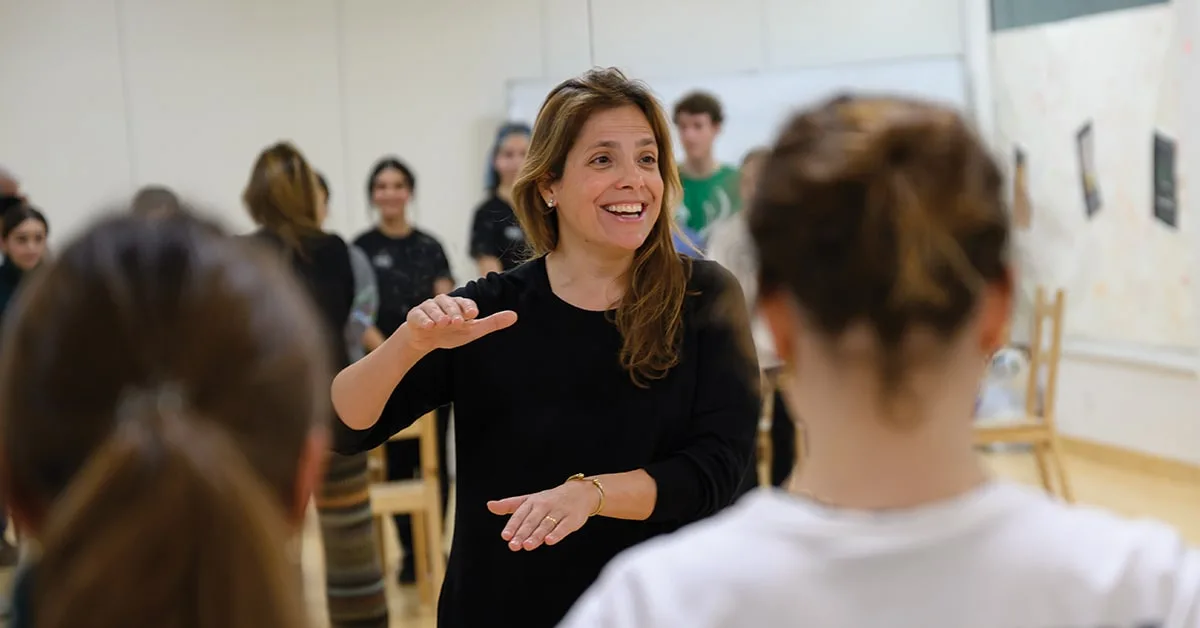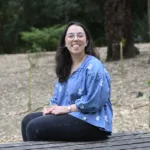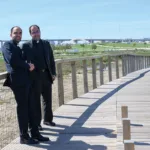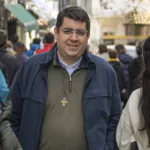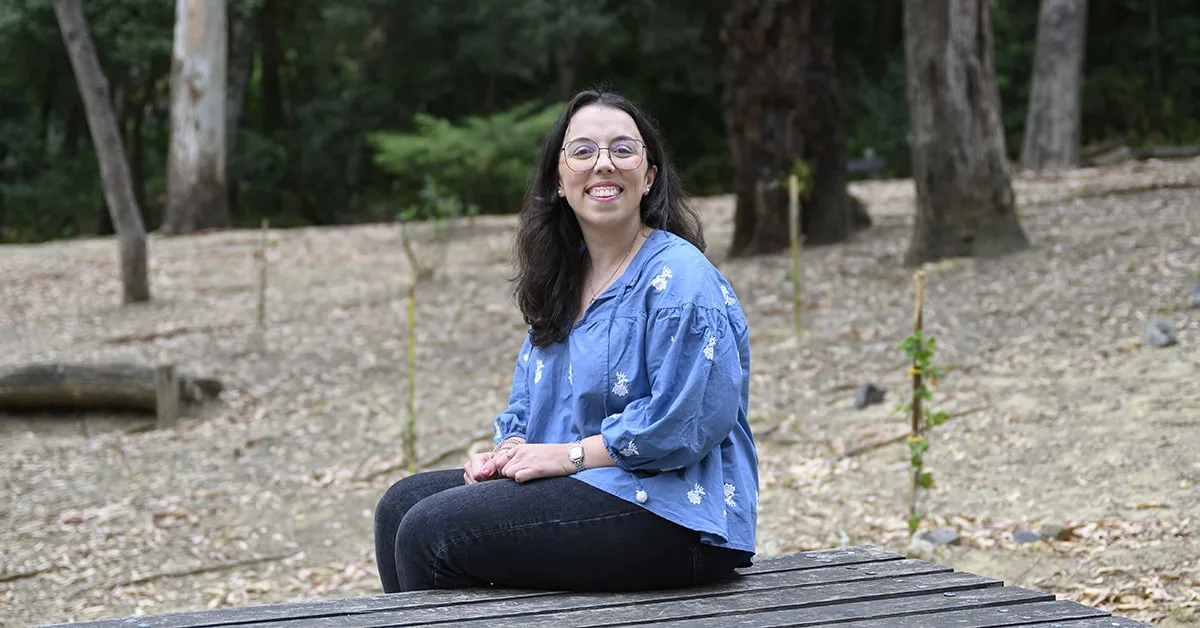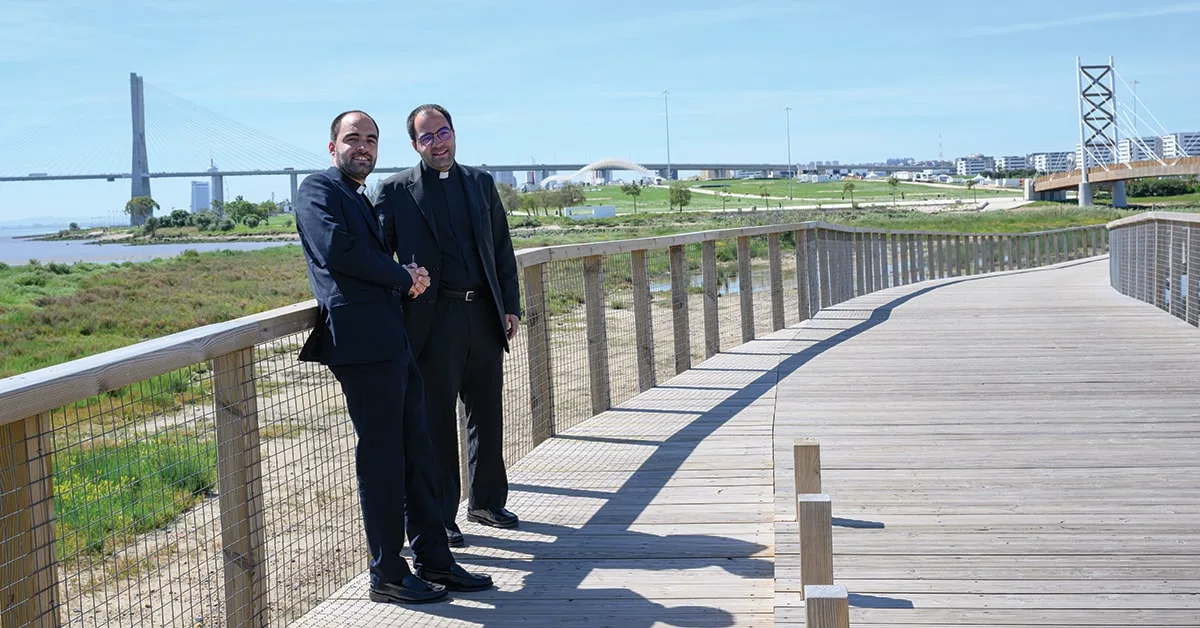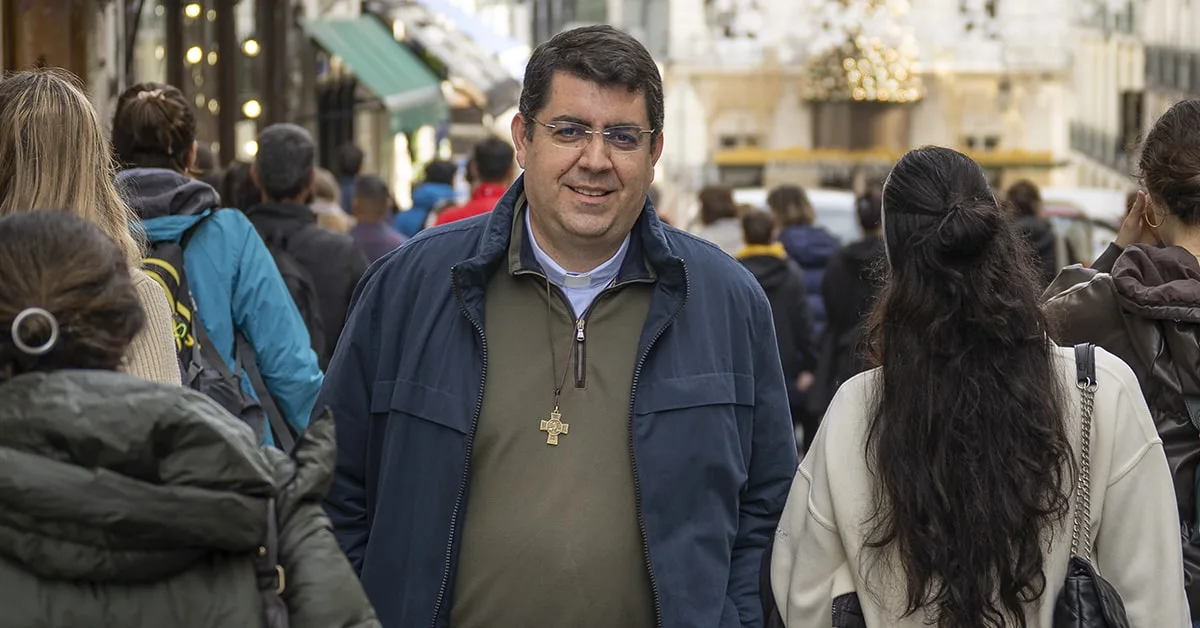Matilde Trocado is a former student and teacher and coordinator of the Salesianos do Estoril Stage Academy. He was responsible for the artistic direction of the central events of World Youth Day in Lisbon. She believes that the Salesian environment where she grew up led her to the world of theater where she has worked for 15 years.
Were the performing arts, encouraged at the Escola dos Salesianos do Estoril, and which excited you as a student, decisive for the path of life you ended up embracing?
Without a doubt yes. In Salesianos do Estoril I found a place and a community that encouraged and promoted the performing arts, whether at parties or going to shows such as opera, ballet and theater. I also remember that we were given enormous autonomy in implementing projects and that it always ended up being possible to go from dream to practice. Nowadays I am a director, creator, teacher and have been working in theater for over 15 years and I know that I owe this to a large extent to the people I was lucky enough to meet over the years.
He has staged highly successful musical shows both in the “woods” of the Escola dos Salesianos do Estoril and in Lisbon in mythical rooms. In general terms, what did you accomplish?
I have been developing work as an author and director, mainly in the area of Musical Theater and, in fact, I already have many projects and shows. Perhaps the highlights of my creation and staging are Fénix – which was on a national tour last year –, Calcutá and Wojtyla – which, after Lisbon, Porto and Braga, was also in Madrid. Perhaps the highlights of my staging are Jesus Christ Superstar, last year, Godspell at the Tivoli Theater and other venues across the country, and Once in Fado, a project that debuted in London in 2016. Alongside creating and staging shows, I always have to give classes and working with young people. In the last two years, I have also taken on the artistic direction of the central events of World Youth Day Lisbon 2023, accompanied by a fantastic team.
As a member of the Pastoral Management and Main Events of World Youth Day, what was it like working with the Ensemble group, made up of 50 young people, from 22 different nationalities? Is art also, in your opinion, a form of evangelization?
The Ensemble was the most heterogeneous and multicultural rehearsal room I have ever been in. I believe that on stage this became visible, but behind the scenes it certainly was. I saw a boy from Nigeria improvise melodies with an Alentejo singing group, I prayed to the sound of Slovak songs, Sevillanas were danced at intervals, Disney songs were sung in several different translations, we saw things as different as lyrical singing and breakdance. And I believe it was very clear that art was a common language for everyone, it was the language that everyone understood. I believe that art allows us to transcend barriers and, in addition to helping us understand our shared humanity, it allows us to communicate on a deeper emotional and intellectual level. I don’t know if we will have any better language to approach God.
He was responsible for the artistic direction, scenography and staging of the Way of the Cross at WYD. Do you want to tell us about this televised experience on a planetary scale?
I have had a lot of feedback about the Way of the Cross and I am very happy to know that many people liked it. However, it is still difficult for me to have a clear view of the experience. It was a very intense process and perhaps requires time to give me a clearer look at it. What I can say is that it was truly a collaborative process and a process carried out by many hands. What we saw that day really has many names behind it. For those of us who worked on the entire process, the moment when, at the end of the Stations of the Cross, the Pope called the cast close to him and they hugged him was very moving. It marked the culmination of a very beautiful process.
Do you think that the success of the Way of the Cross spectacle was the launching pad for WYD, which went beyond the boundaries of religion?
Many people will already know this, but the weaknesses prayed at each Station of the Cross were identified in a consultation with young people from around the world. These are the weaknesses that worry young people from the four corners of the world. And these weaknesses are familiar to all of us, believers and non-believers. They concern everyone. We share this humanity, and this knowledge of what it is to suffer. We live it and see it all around us. And so, even if that was the story of the passion and how Jesus accompanies our suffering to overcome it and open horizons, I think it concerned everyone.
Pope Francis gave high praise to the organization of WYD Lisbon 2023. What did you feel, and what did the volunteers around you feel, when you heard those words?
It was rewarding for everyone, without a doubt. Seeing that the commitment to our work, with some personal sacrifice in many cases, had gone so well and had been so well received was a reason for joy. Still, I believe that many of us who work at WYD are aware that the “miracle” of WYD in Lisbon was not just our merit and our efforts, but the grace of the Holy Spirit. And for that we are also grateful.

It’s been six months. Is the impact that WYD had on Church structures reaching the places where its authority is exercised? More synodal and less clerical?
I would like to say yes, but I have a feeling that this is a longer path. I sincerely hope that the Church does so and I hope that we do not give up trying to follow it.
Is the revitalization of the Church in youth areas happening? What do you think?
I believe that in Portugal there were already some good signs of the vitality and dynamism that youth are capable of. I’m talking about college missions, for example, or summer camps. And these young people were decisive in the construction of WYD in Lisbon. I hope that WYD can give even more encouragement and that more and more young people can experience the joy of encountering Jesus.
In your parish, for example, do you feel this new spirit?
In my parish there are very inspiring young people who make us believe in their generation. The pandemic years were terrible for younger people, for several reasons. And I hope that WYD was the opposite.
Do you think this is a turning point to attract other young people who think and live differently?
I think it’s always time to reach out to someone else. And this is particularly challenging in a time of trenches and extremism. But I believe that the Church should never “disconnect” itself from the world and the culture in which it lives.
What initiatives do you suggest to avoid letting the seeds planted by WYD die?
I have no solutions, but I have a lot of hope. Regarding what I have followed more closely, I have hope in the fruits that this network of young artists from all over the world can still bear, for the lives of each of them and in what they can build wherever they are. . That sharing experiences and references – artistic and otherwise – can inspire creativity and open horizons.
I am hopeful that WYD can be a launching pad for a fearless approach to art. Hope that, encouraged by the words of the Holy Father, dialogue with the artistic world will be another door wide open in the Church. I believe there is a way forward in meeting artists and contemporary culture.
If you had to choose one moment that, personally, impacted you most during WYD, what would it be?
The minutes of silence we experienced in Campo da Graça during the Vigil. A million and a half people together in prayer and a silence with a strength that I can’t explain. I won’t forget that moment. I was in one of the lighting towers above the control room and had a great view of the crowd and the river. And I felt like we were together, all of us. That whoever believes is never alone.
Published in the Salesian Bulletin nº 602 of March/April 2024

